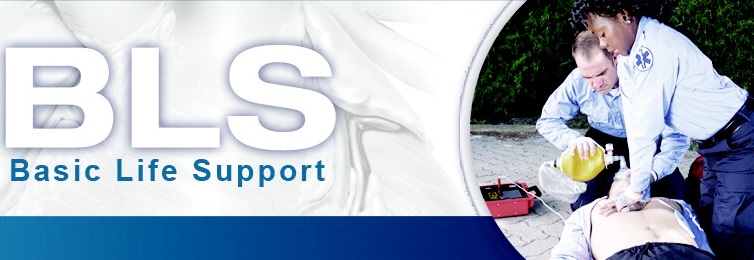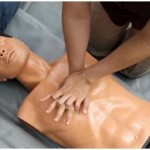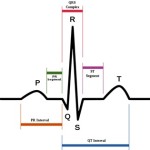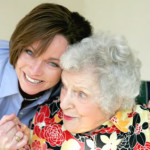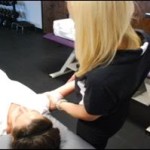BLS means Basic Life Support: BLS is certification that you can get from a relatively short training course that is required by many health professionals to help revive resuscitate or sustain a person who is experiencing cardiac arrest or respiratory failure of some sort. BLS can include a drowning victim, heart attack or stroke patient, or any scenario where the breathing or heartbeat could have been compromised. Basic Life Support is the name of the certification and is the most basic certification that can be obtained with a few hours of class from the Red Cross, AMA, American Heart Association or any other medical association that offers such courses.
CPR & BLS is often required of people that work with young children, elderly people, lifeguards, coaches or people that are involved on a regular basis who could have any sort of incident. The primary skills that BLS course include basic mouth-to-mouth resuscitation and CPR (chest compressions to circulate blood) that BLS provides in that course. No medical equipment is required or needed and there are no invasive procedures taught in BLS. There is one of the key points taught in BLS that are “ABCs”.
- Airway- releasing if there are any obstruction from the airway to allow air to flow to the lugs.
- Breathing- checking if the lungs are filled with air.
- Circulation- making sure that the blood is circulating through the body.
What Does BLS Consist Of?
The Basic Life Support BLS course consist practicing the resuscitation exercises on a “dummy”, and demonstrating correct response in role-play situations. There in a written portion of the certification that shows you have acquired knowledge of what to do, and when. You can watch videos about CPR
Content of the Basic Life Support (BLS) Course
There are several key points that the course must obtain and they are:
- Critical concepts of high quality CPR
- 1-rescuer CPR and AED for adult, child and infant
- 2- rescuer CPR and AED for adult, child and infant
- Differences between adult, child and infant rescue techniques
- What are the big mask techniques for adult, child and infant?
- The rescue breathing for adult, child and infant
- Relief chocking for adult, child and infant
- How to perform CPR with an advanced airway
Defibrillation Training
The defibrillation training is one of the most important training when you want to get the BLS certificate. We recognize the importance if the CPR and we want to improve the patient outcome for cardiac arrest. We offer our Early Defibrillation Program:
The overall goal of the Early Defibrillation Program is to resuscitate the greatest number of persons from sudden cardiac arrest. This program reaches its goals by meeting the following program objectives:
- Provides centralized medical direction and program resources
- Provides clear, concise standing orders while allowing the EMT-D/FR-D to utilize sound medical judgment when appropriate
- Consistent, effective with scenario-based initial defibrillation training
- Provide instructions wit current information and effective training tools with annual refresher training
- Maintain adequate skill levels through consistent periodic continuing education
- Ensure the program quality improvement through field event quality assurance and continuous program improvement
- Promotes the consistent use of well-maintained defibrillation equipment
Specific goals of the Defibrillation standing orders in the Basic Life Support BLS:
- Ventricular Fibrillation is to shock the patient repeatedly and as rapidly as possible
- Effective CPR is to be performed and interrupted for a minimum time
- Overall the patient care and safety are never to be neglected
The automated external Basic life Support BLS training course requires approximately four hours of classroom and practical training. The practical training for this course is scenario based. It is required to attend a defibrillation Continuing Education session during each quarter of a twelve month period.
The Defibrillation Quality Assurance Coordinator in BLS reviews is recording the off field cardiac arrest events. An assessment of the overall performance for each VF case reviewed, including any noted areas requiring improvement or additional training, is sent to the agency’s Training Officer. When trends or frequently observed performance concerns are noted during event recording reviews, the training coordinator is informed of such concerns, in order to identify methods of improving performance throughout the program. These programs are offering everything that you need to be trained in the CPR resuscitation and everything that you need out on the field.

